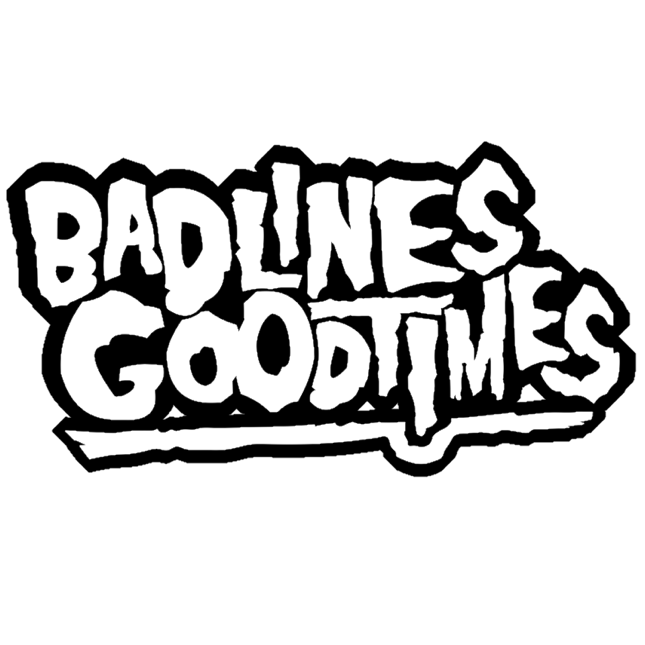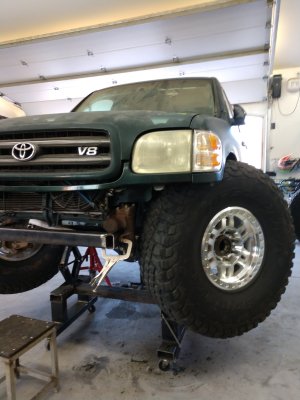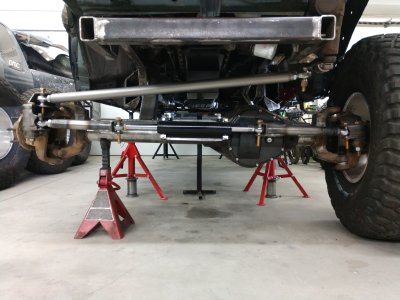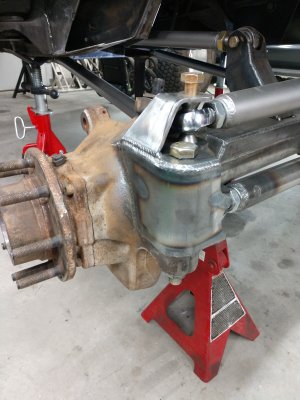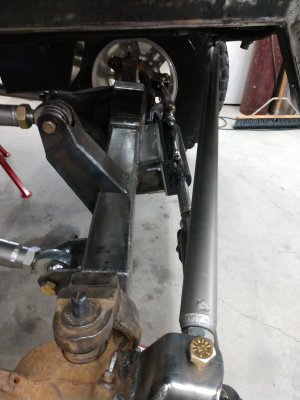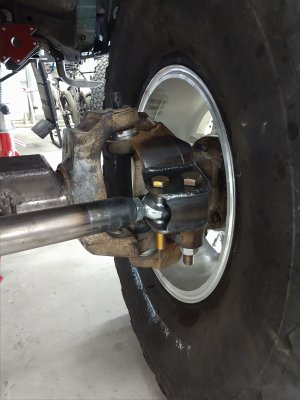There's a lot of opinions when it comes to hardware but here is mine:
Fine vs. coarse has a three part answer.
-Fine thread has a larger minor diameter, which is the diameter of the bottom of the threads, which leads to a stronger bolt.
-Fine thread allows for a higher torque which leads to a higher clamp pressure. Clamp pressure keeps your shocks or hiems in place without wiggling around, scratching off finishes and allowing rust to start.
-Fine thread takes more turns for a nut to loosen and back off so it's a higher chance to catch them during your next prep.
Stover nuts do hold better to vibration as well as heat but they cut into the threads as they lock and you really should replace the bolt every time you remove one. Nylon insert nuts have also held for me as long as you do replace every time you loosen. Bolts are $5 each, nuts are $0.40 each so it's more likely I complete a prep if it's cheaper.
Grade 8 are the way to go always. The yellow zinc is a harder coating than zinc which holds up to scrapes better. Grade 8 torque values are higher leading to higher clamp pressure and I've only ever had problems with grade 8 rounding off or stripping. F9 bolts are stronger but likely unnecessary for trucks. Maybe for arms and link bolts but they are more suspectable to hydrogen embrittlement during heat treating which makes them less more likely to break on impact versus bending.
Always use washers as they distribute the bolt load better but also keep the tabs from damage when the nut is tightened. I like SAE washers as they are about as big as an impact socket.and keep your tab paint fresh. AN washers are smaller still and used when your weld bead is too close. Grade 8 lead to more consistent torque values as they are harder but I like the softer grade 5 as they conform a bit as well as have some squish to them that may hold nuts on better. I once had a bolt that would never stay tight until I swapped to grade 5 washers.
Above all, make sure you have sleeves and misalignment spacers that can take the clamp force. I've collapsed both and it's infuriating.
